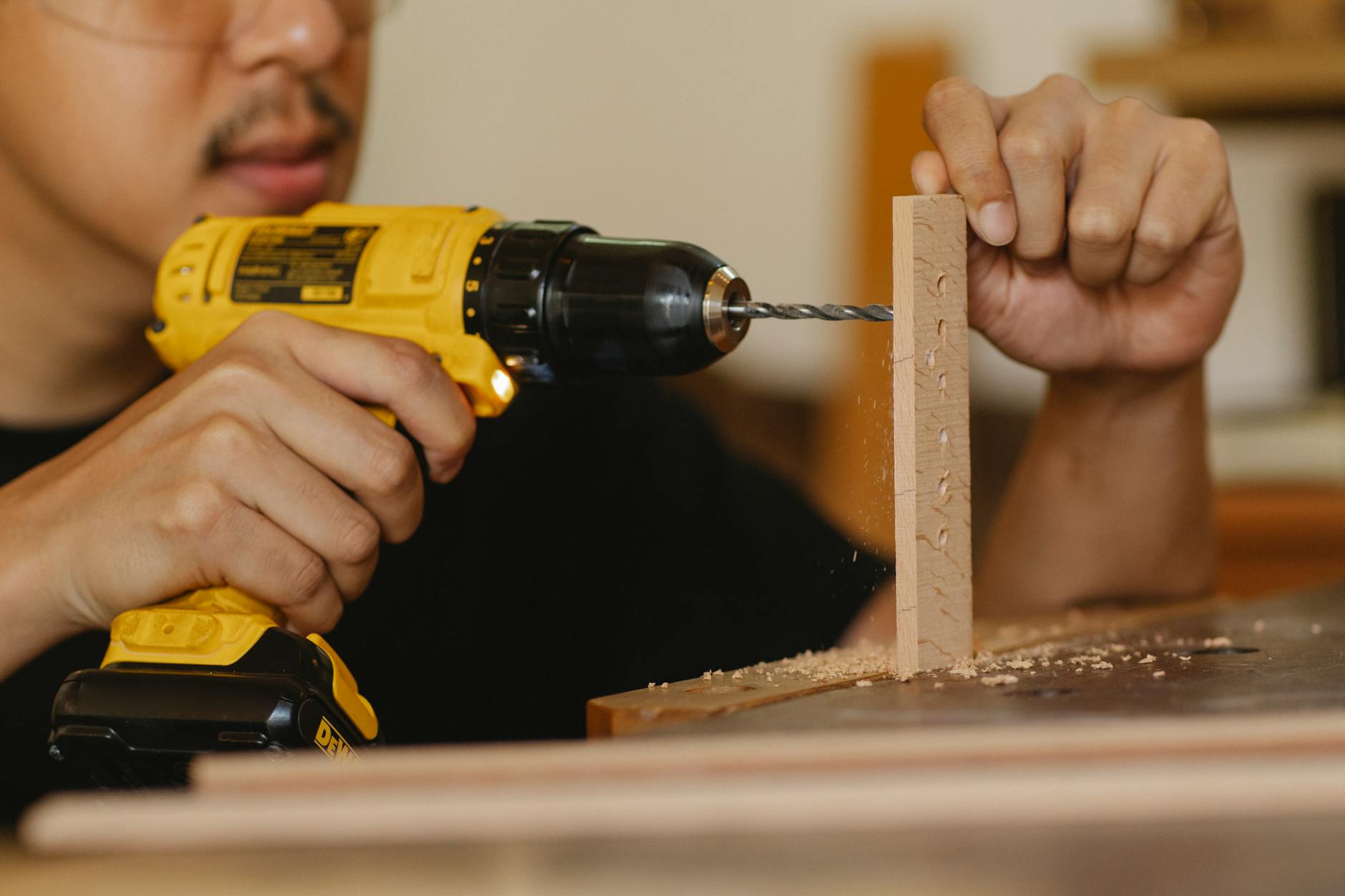
Hand and Power Tool Safety: Proper Use and Inspection
Introduction
Hand and power tools are indispensable in various industries, but their improper use or neglect of safety measures can lead to accidents and injuries. This article emphasizes the importance of employing hand and power tools safely by focusing on proper usage guidelines and regular inspection practices.
Proper Use of Hand Tools
- Selecting the Right Tool for the Job
- Emphasizing the importance of choosing the appropriate hand tool for the specific task
- Preventing accidents and ensuring efficiency by using tools designed for the intended purpose
- Personal Protective Equipment (PPE)
- Mandating the use of appropriate PPE when working with hand tools
- Ensuring that workers wear safety gloves, eye protection, and other necessary gear to minimize the risk of injuries
- Maintaining a Secure Grip
- Training workers on the importance of a secure grip when using hand tools
- Reducing the likelihood of tools slipping or being accidentally released during use
- Correct Body Positioning
- Providing guidance on correct body positioning while using hand tools
- Avoiding awkward postures that may lead to strain or injuries and promoting ergonomic practices
- Regular Tool Inspections
- Encouraging workers to inspect hand tools before each use
- Identifying and addressing any defects or issues to ensure tools are in good working condition
Proper Use of Power Tools
- Training on Power Tool Operation
- Providing comprehensive training on the proper operation of each power tool
- Ensuring that users are familiar with the tool’s features, controls, and safety mechanisms
- Using the Right Tool for the Task
- Emphasizing the importance of selecting the correct power tool for a specific job
- Preventing misuse or overloading, which can lead to accidents and tool malfunctions
- Maintaining a Firm Stance
- Instructing users to maintain a stable stance while operating power tools
- Enhancing control and reducing the risk of accidents caused by loss of balance
- Applying Continuous Pressure
- Advising users to apply continuous and controlled pressure when using power tools
- Avoiding excessive force, which can result in loss of control and potential accidents
- Checking Power Cords and Connections
- Regularly inspecting power cords and connections for signs of wear or damage
- Preventing electrical hazards and ensuring a safe working environment
Tool Inspection Practices
- Pre-Use Inspection Routine
- Establishing a pre-use inspection routine for both hand and power tools
- Checking for loose parts, damaged handles, or any signs of wear before commencing work
- Regular Maintenance Schedule
- Implementing a regular maintenance schedule for tools
- Conducting routine inspections, lubrication, and adjustments to extend the lifespan of tools and ensure optimal performance
- Replacement of Worn-Out Parts
- Promptly replacing worn-out or damaged parts
- Avoiding the use of tools with compromised functionality to prevent accidents and injuries
- Documentation of Inspections
- Documenting all tool inspections and maintenance activities
- Creating a record for each tool to track its condition, usage history, and any repairs performed
- Employee Training on Inspection
- Providing training to employees on how to conduct thorough tool inspections
- Empowering workers to identify and report any issues, fostering a culture of proactive safety measures
Conclusion
In conclusion, hand and power tool safety relies on a combination of proper usage and regular inspection practices. Ensuring that workers are trained to select, handle, and maintain tools correctly is paramount in preventing accidents. Incorporating pre-use inspection routines, regular maintenance schedules, and employee training on inspection procedures creates a robust safety framework. By prioritizing safety in the use and maintenance of hand and power tools, organizations contribute to a workplace environment that minimizes the risk of injuries and promotes a culture of responsible tool handling.
Mental Health in the Workplace: Addressing Psychological Safety as a Safety Officer
Safety Inspections: A Step-by-Step Guide for Safety Officers
Implementing and Evaluating Safety Training Programs for Employees
Occupational Health and Safety Trends: Staying Ahead as a Safety Officer
Emergency Response Planning: Best Practices for Safety Officers
Frequently Asked Questions (FAQs)
- Why is selecting the right hand tool for the job important?
- Selecting the right hand tool for the job is crucial to prevent accidents and ensure efficiency. Using tools designed for the intended purpose minimizes the risk of injuries and enhances the overall effectiveness of the task.
- What is the significance of personal protective equipment (PPE) when using hand tools?
- Wearing appropriate PPE, such as safety gloves and eye protection, when using hand tools minimizes the risk of injuries. PPE provides a protective barrier against potential hazards associated with tool usage.
- Why is regular maintenance important for power tools?
- Regular maintenance is essential for power tools to ensure optimal performance and prevent accidents. Routine inspections, lubrication, and adjustments extend the lifespan of tools and contribute to a safe working environment.
- How does a pre-use inspection routine contribute to tool safety?
- A pre-use inspection routine helps identify and address issues with hand and power tools before commencing work. This proactive measure ensures that tools are in good working condition, reducing the risk of accidents and injuries.
- Why is employee training on tool inspection important?
- Employee training on tool inspection empowers workers to conduct thorough inspections, identify potential issues, and report them promptly. This training fosters a culture of proactive safety measures and contributes to a safer workplace.
























